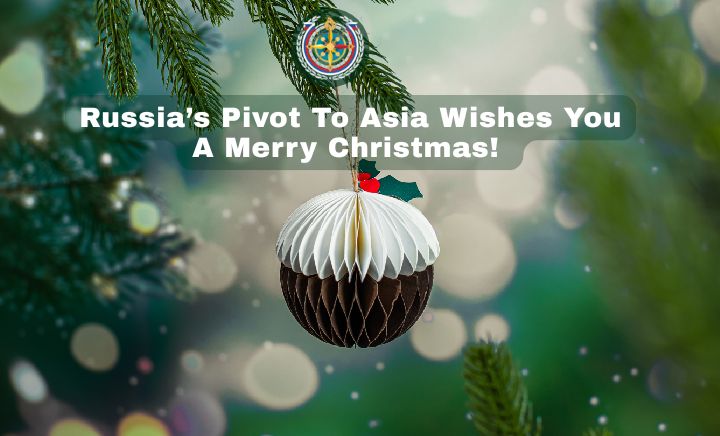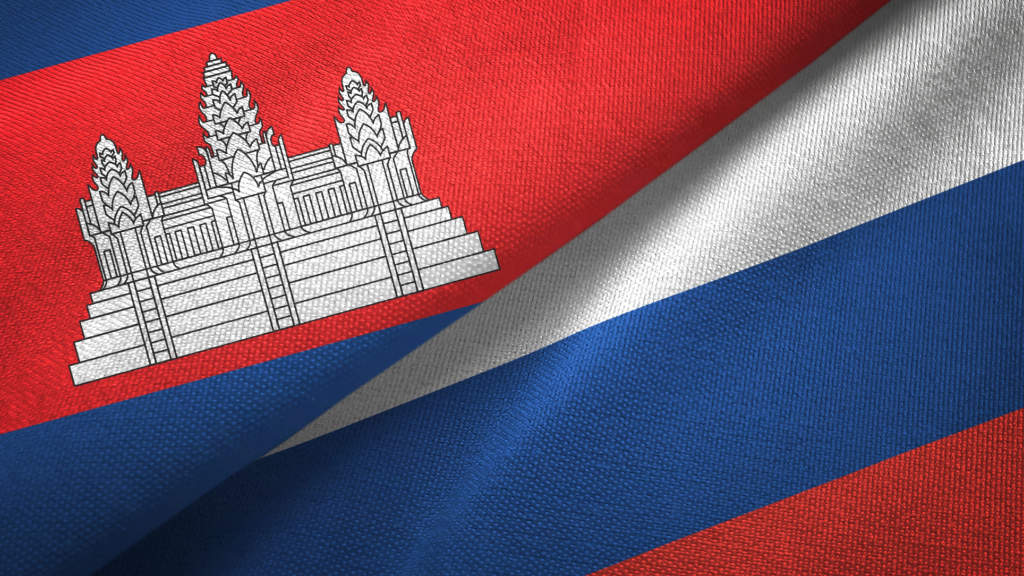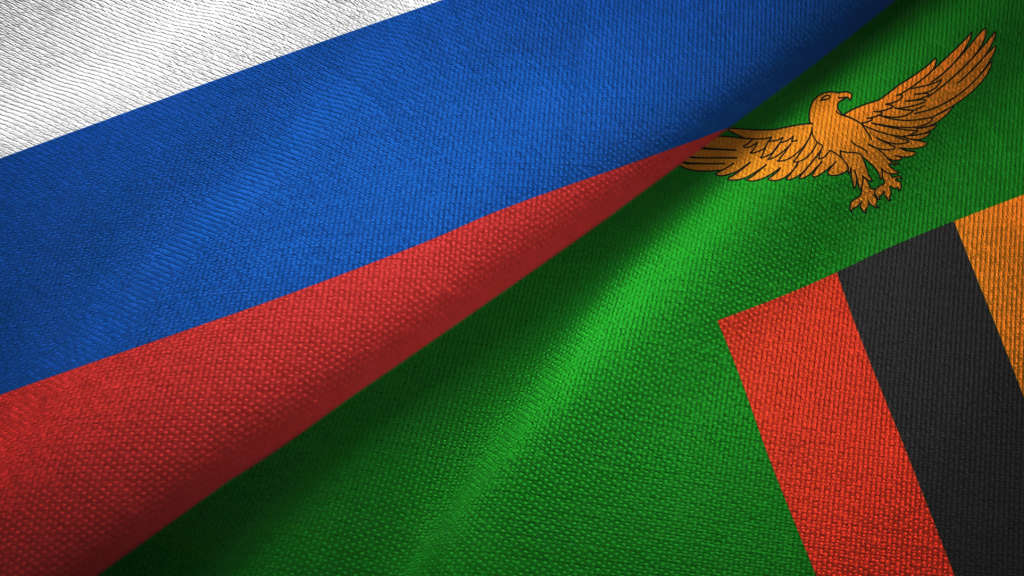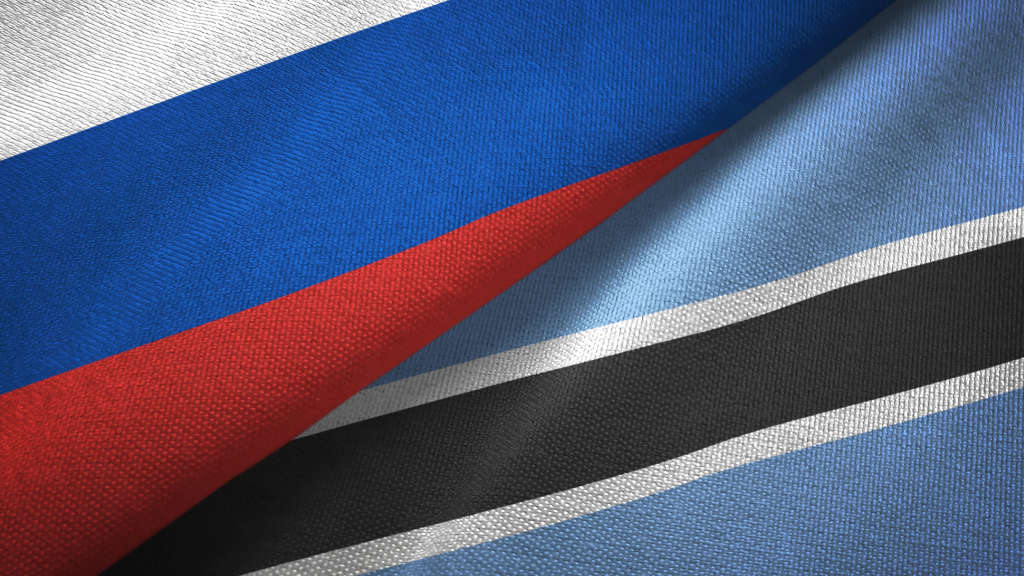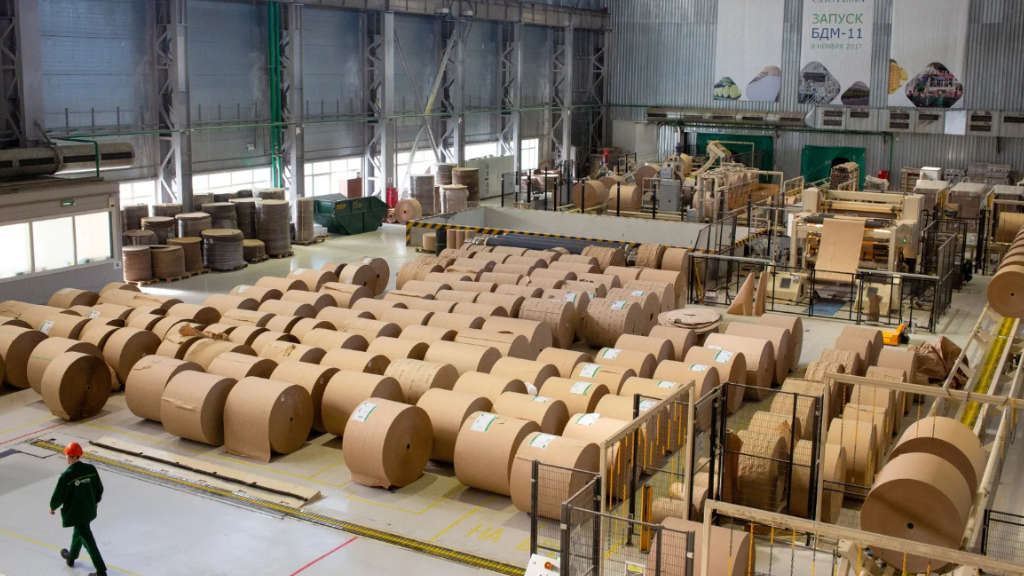Russia’s Foreign Minister, Sergey Lavrov, has met with Deputy Prime Minister and Minister of Foreign Affairs and International Cooperation of the Kingdom of Cambodia, Prak Sokhonn, on the sidelines of the annual ASEAN ministerial held in Kuala Lumpur.
They discussed the current state of Russian-Cambodian relations and outlook for trade, economic investment, scientific and technological investment, and humanitarian cooperation and exchanged views on the key regional and global issues, interaction within multilateral forums, and the Russia-ASEAN dialogue partnership. Cambodia is also in the process of negotiating a Free Trade Agreement with the Eurasian Economic Union (EAEU), which includes Russia, along with Armenia, Belarus, Kazakhstan, and Kyrgyzstan. Fellow ASEAN member Vietnam, a neighboring country with Cambodia, already has a successful FTA with the bloc.
Following the meeting, Lavrov and Sokhonn signed a plan of cooperation agreements between Russia and Cambodia for the two-year period 2025−2027.
The Cambodian Ministry of Commerce’s 2024 annual report noted that Cambodia and Russia are preparing to sign a protocol between the customs services of the two countries. This protocol, initiated by the Russian side, focuses on cooperation in customs administration, information exchange, and mutual assistance and is expected to boost bilateral cooperation under the Eurasian Economic Union’s preferential tariff system.
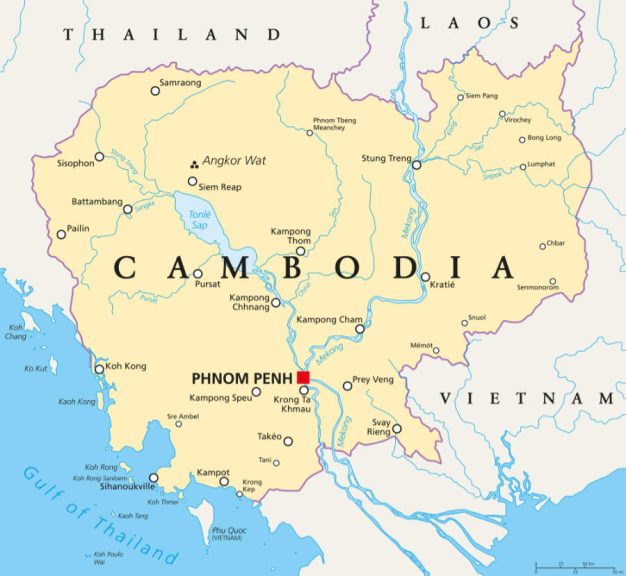
Cambodia is located in Southeast Asia and serves as a link between Laos and the Gulf of Thailand.
Industrial production is mainly represented by garment factories, most of which are located in special economic zones. Their products are almost entirely exported (80% of total exports) to the European Union and the United States. A course has been set for the development of hydropower. High growth rates continue in the construction industry. There has been an increase in the production of building materials, electronics, machinery, engines, and chemical products. More than 40% of the working-age population is employed in agriculture. The main food crop is rice, and the main industrial crop is rubber. Corn, sweet potatoes, soybeans, peanuts, oil palms, and spices are also grown. The main focus of livestock farming is cattle and pig breeding. Fishing also plays an important role. After the pandemic, tourism in Cambodia continues to recover. In the first nine months of 2024, Cambodia welcomed 4.8 million foreign tourists, which is 22.2% more than in the same period last year. The country’s Ministry of Tourism expects to attract 7 million foreign visitors in 2025. Because of their limited base, poor degree of technological sophistication, low value segmentation, and concentration in a small number of sectors, Cambodian industries continue to be relatively unsophisticated, although spillover from an increasingly expensive China manufacturing is occurring. Investors will need to balance lower operational costs against lower productivity ratios.
Construction materials, electronics, engines, machinery, and chemical items are also produced in increasing quantities.
Cambodia has a population of around 17 million people and an area of 181,025 km². Cambodia’s GDP (PPP) is $142.39 billion, and its GDP per capita (PPP) is $8,290. In its June report, the World Bank lowered its forecast for Cambodia’s GDP growth in 2025 to 4.0% (from 5.5%).
Trade between Russia and Cambodia has dropped in recent years, from US$239.4 million in 2021 to an estimated US$55 million in 2024. The reasons for this decline are not immediately political, although sanctions against Russia have impeded trade. Cambodian markets are somewhat difficult to reach from Russia, with most trade having to pass via China, and Russian businesses concentrating on developing both the Chinese and Vietnamese markets, leaving Cambodia somewhat neglected. However, there are also opportunities: tour operators still describe Russian tourist demand for Cambodia in 2025 as modest, but nevertheless on the rise.
Further Reading
